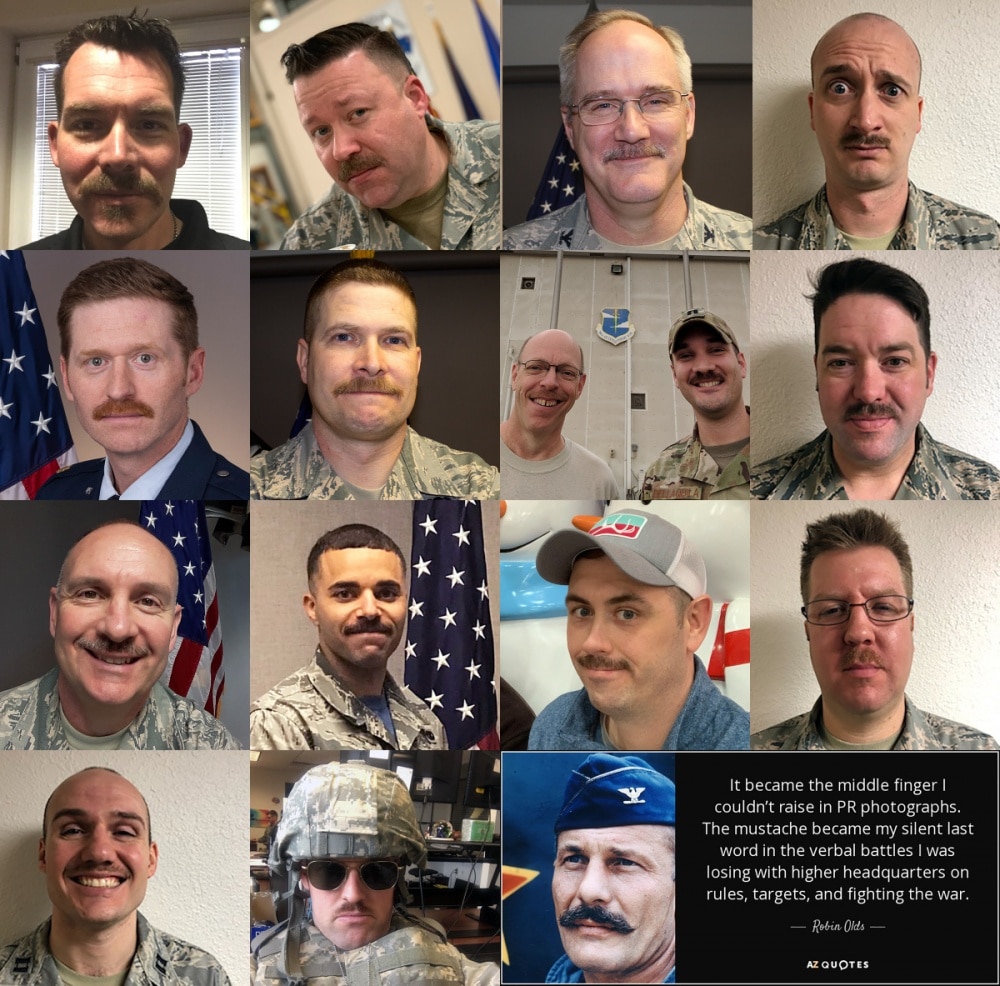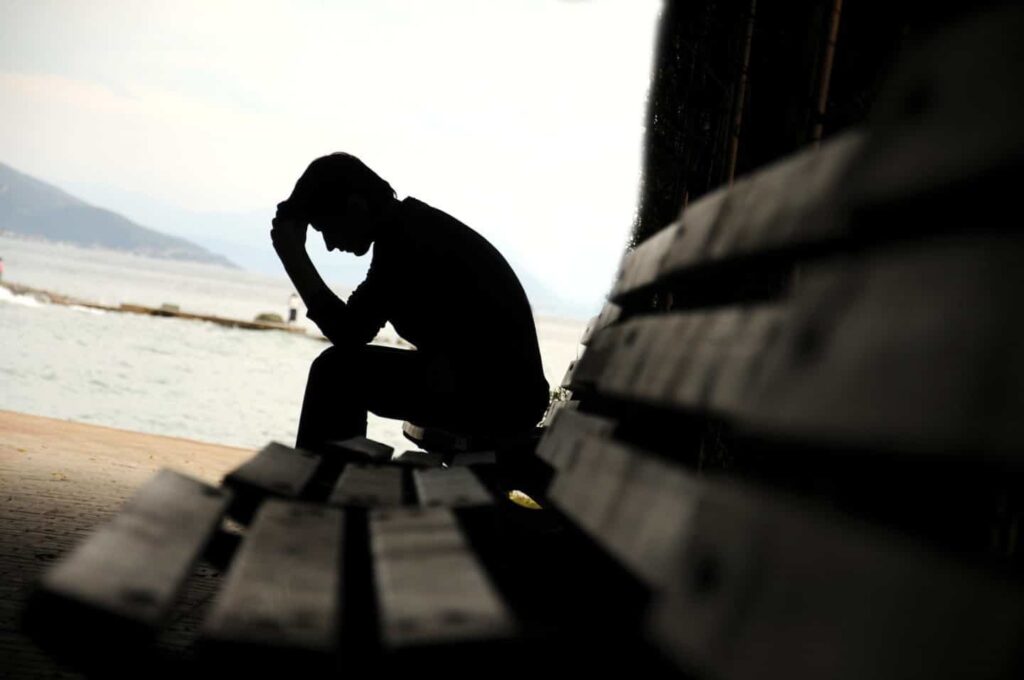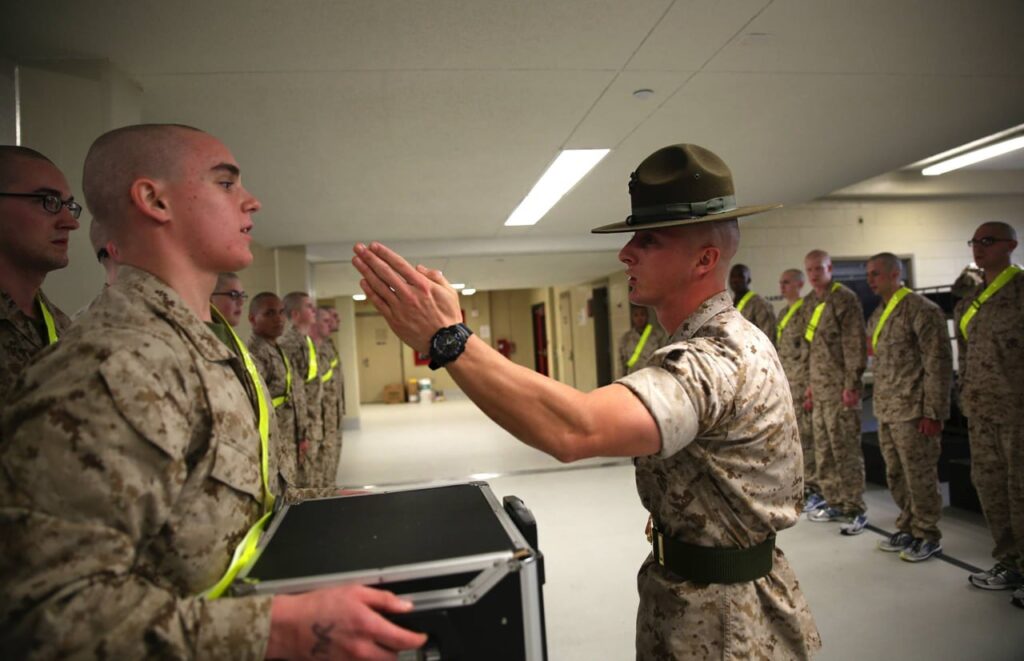Some military customs and traditions can seem plain weird to outsiders.
And if you’re new to the military, you may find them odd or super exciting depending on which traditions your branch participates in. Traditions are that way, though — intriguing and generally historical.
While some have been labeled as hazing or otherwise unsafe, they’ve been “retired” and are no longer active military traditions. Most of the active ones, though, are worthy of trying at least once in your military career.
Whether it’s destroying caps by rocket or participating in hairy growth ventures, you can see below how delightfully odd some of these military traditions can be.
Below we cover five from various branches that you may get the honor of participating in at some point in your military career.
Welcome Platoon Leaders by Destroying Their Caps

While the history isn’t known, the Army’s Multiple Launch Rocket Systems specialists have a pretty cool — but extreme — tradition. All Army MLRS units have a special way of welcoming new platoon leaders. During the first live-fire exercise with a new lieutenant, they put the newbie’s patrol cap on the backs of the rockets, which get blown up when the rockets go off. It’s the proper way of welcoming new second lieutenants to the team, according to tradition. Once the cap is recovered, the team signs the tattered pieces for the lieutenant.
Climbing a Greased Monument for a Hat

One of the annual traditions at the U.S. Naval Academy in Annapolis is marking the end of “plebe” year AKA freshman year. Plebes must replace a “dixie cup” hat on top of the 21-foot tall Herndon Monument with an upperclassman’s hat.
To add to the challenge, the monument is greased with 50 pounds of vegetable shortening. In 1907, Plebs started celebrating the end of freshman year by dancing around the monument. The first climb happened in 1940 before evolving into the annual tradition it is today, which includes it being timed.
Monumental fact: The Herndon Monument was named in honor of Cmdr. William Lewis Herndon, who went down with the SS Central America during a hurricane in 1857.
Earning the “Class Goat” Title

Despite all its prestige, West Point Military Academy’s odd military tradition is pretty ironic. Every year, the military academy honors the lowest-ranking cadet at graduation. The tradition started way back in the day — around the 1800s. In the late 60s, each cadet put a dollar toward a special fund for the student graduating last in class. Even today, during the graduation ceremony, the dean pauses and takes a photo with the cadet before handing over a container with about $1,000. This person is the “Class Goat.”
Learn more about West Point history and traditions here.
Mustache March

Every March, United States Air Force Airmen grow their mustaches as a tribute to legendary fighter pilot and Triple Ace Brig. Gen. Robin Olds. The Triple Ace pilot grew what he called his “bulletproof mustache” in Vietnam in March of ‘65. It was an act of defiance that encouraged other men on the base to follow suit. Despite orders to shave when he returned to the U.S., the tradition took hold anyhow.
Be on the lookout: Stay tuned for fun social media posts from Airmen showing off their new ‘staches for Mustache March.
Drinking From the Grog Bowl

The “Grog Bowl” is to military balls as a punch bowl is to party gatherings. But make no mistake, this is probably the grossest tradition in military history. Grog is any variety of spirits mixed with water.
Unfortunately, the true grog bowl is mixed with much more than those two items.
This traditional event occurs at military balls and other dining events where random things are tossed into a punch bowl. Sometimes an unused toilet is substituted for a punch bowl. Depending on what’s around, anything can end up in the grog bowl, including hot sauce, alcohol, ground coffee, salt, dirty socks, etc.
It’s gag-worthy in most people’s opinions, but it’s a tradition that continues on year after year. Often a unit’s grog ingredients will have a special significance — sand for desert deployments, regional alcohol, colors that represent specialties, etc.
Fun fact: Different branches have different regulations and etiquette when it comes to grog bowls.
Military Traditions Keep Military Life Interesting

Much like annual family gatherings and reunions, your military family has traditions it will stick to every year, too.
Strange as they may be to explain to your real family, it’s these military customs and traditions are a part of history. They’ll become a part of your military history, too.
Most of these traditions likely developed out of boredom. Join in yourself, and it will probably be a story you tell for years to come.
What are some of the best military customs and traditions you have participated in? Share in the comments below!
Want to keep up with the military lifestyle and happenings? Subscribe to Sandboxx News to stay updated!
Feature image courtesy of 124th Mobile Public Affairs Detachment, photo by 1st Sgt. Rachel Dryden





